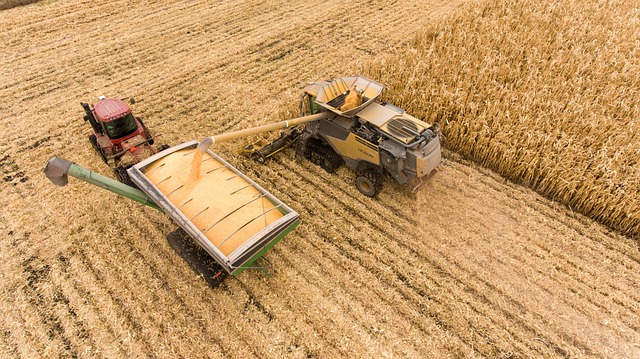Sustainable Transportation: Igniting Rural Development in Agriculture
In a world increasingly focused on environmental conservation and sustainable practices, the importance of sustainable transportation in agriculture cannot be overstated. As we look towards the future, we find that the pathways we choose for transporting goods and resources hold the key to revitalizing rural areas and fostering agricultural growth. The connection between transport sustainability and rural development is not just a matter of logistics, but an avenue through which communities can flourish.
Transport Sustainability: A New Frontier
When we talk about sustainable transportation, we refer to systems that minimize environmental impact, reduce greenhouse gas emissions, and promote the use of renewable resources. In agriculture, this means innovating our transport methods to not only enhance efficiency but also preserve the health of our planet. For rural areas, adopting sustainable transportation is about more than just technology; it’s about creating supportive infrastructures that allow farmers to thrive.
Consider the role of electric vehicles, biodiesel, and even rail systems that use alternative energy sources. Each of these alternatives can make a significant impact by reducing the carbon footprint of agricultural transport while simultaneously lowering operational costs for farmers. As rural areas begin to implement these innovative solutions, we can see a shift toward more resilient agricultural practices, making way for a more vibrant economy.
Rural Development: The Heart of Agriculture
Rural development is deeply intertwined with the agricultural sector. Many rural communities depend on agriculture for their livelihoods, making it vital to ensure that these regions are equipped with the right tools for success. One of those tools is a sustainable transportation network that promotes local farmers’ access to markets, resources, and information.
As farmer cooperatives grow and produce volumes increase, establishing sustainable transport links can profoundly affect local economies. For instance, improved transportation systems facilitate the movement of fresh produce to urban markets, enhancing not only food accessibility but also boosting farmers’ profits. When sustainable practices are incorporated into transport systems, rural communities become better connected, fostering collaboration and innovation.
The Ripple Effect
Implementing sustainable transportation methods does not just benefit farmers; it has a significant ripple effect throughout rural communities. Enhanced transportation systems support local businesses, contribute to job creation, and attract new investment opportunities. When communities can efficiently transport their goods, they become attractive locations for new agribusiness ventures and technologies. This innovation leads to improved agricultural practices, which ultimately cultivates long-term resilience.
Engaging with local stakeholders, such as agricultural organizations and transportation authorities, is critical to creating an effective strategy for sustainable transport. By working together, these parties can identify the unique needs of rural communities and develop tailored solutions that foster agricultural growth while being mindful of environmental responsibilities.
As we embrace the future of agriculture, it’s evident that sustainable transportation is an essential catalyst for rural development. By prioritizing transport sustainability, we not only cultivate a healthier planet but also invigorate the heart of our rural communities, empowering them to thrive in today’s economy. The journey may be long, but the destination is a resilient agricultural landscape that benefits all.




